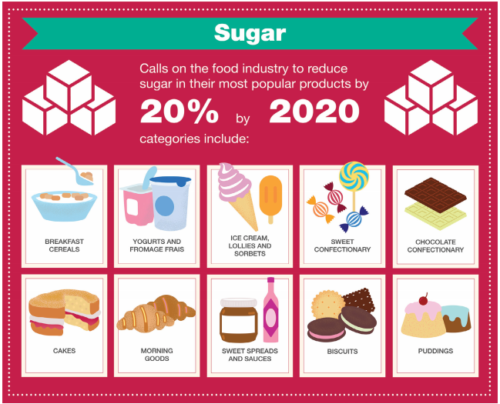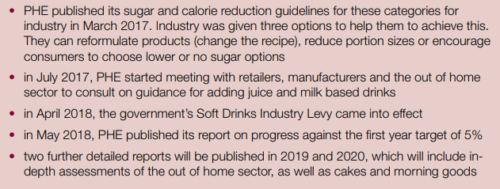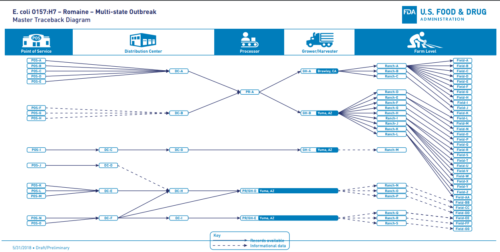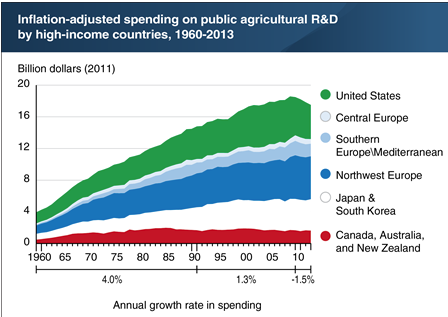Biggest global food companies, according to Forbes
Forbes has published a ranking of the top 2000 global companies (all kinds, not just food) by a composite score of revenue, profit, assets, and market value.
Forbes summarizes some of the information for food processing companies. By its measure, Anheuser Busch, Nestlé, and PepsiCo are the top three.
Coca-Cola, however, ranks #209, a big drop from last year’s #86. It did not have a good year last year.
You can sort the list by name or category. I did that for four categories: Beverage, Food processing, Food retail, and Restaurants.
Walmart does not show up as a food retailer; Forbes considers it a Discount Store, even though food accounts for nearly half of Walmart’s revenues, nearly $200 billion a year.
Here are the food, beverage, retail, and restaurants that show up as among the top 250 companies, worldwide. I only included sales and profits in this table; you would have to add in assets and market value to understand the ranking system.
Food, beverage, retail, and restaurant companies among the biggest 250 companies worldwide.
| RANK | COMPANY | SALES
$ Billions |
PROFITS
$ Billions |
| 24 | Walmart, US | 500.3* | 9.9 |
| 41 | Anheuser-Busch, Belgium | 56.4 | 7.9 |
| 48 | Nestlé, Switzerland | 91.2 | 7.3 |
| 102 | PepsiCo, US | 64.0 | 4.9 |
| 103 | Unilever, Netherlands | 60.6 | 6.8 |
| 126 | Kraft-Heinz, US | 26.2 | 11.1 |
| 209 | Coca-Cola, US | 33.7 | 1.4 |
| 211 | Mondelēz International, US | 26.2 | 3.2 |
| 239 | Danone, France | 27.8 | 2.8 |
| 241 | McDonald’s, US | 22.3 | 5.4 |
*About 40% of sales are from food.
This is why Walmart is the elephant in the food-business room.





